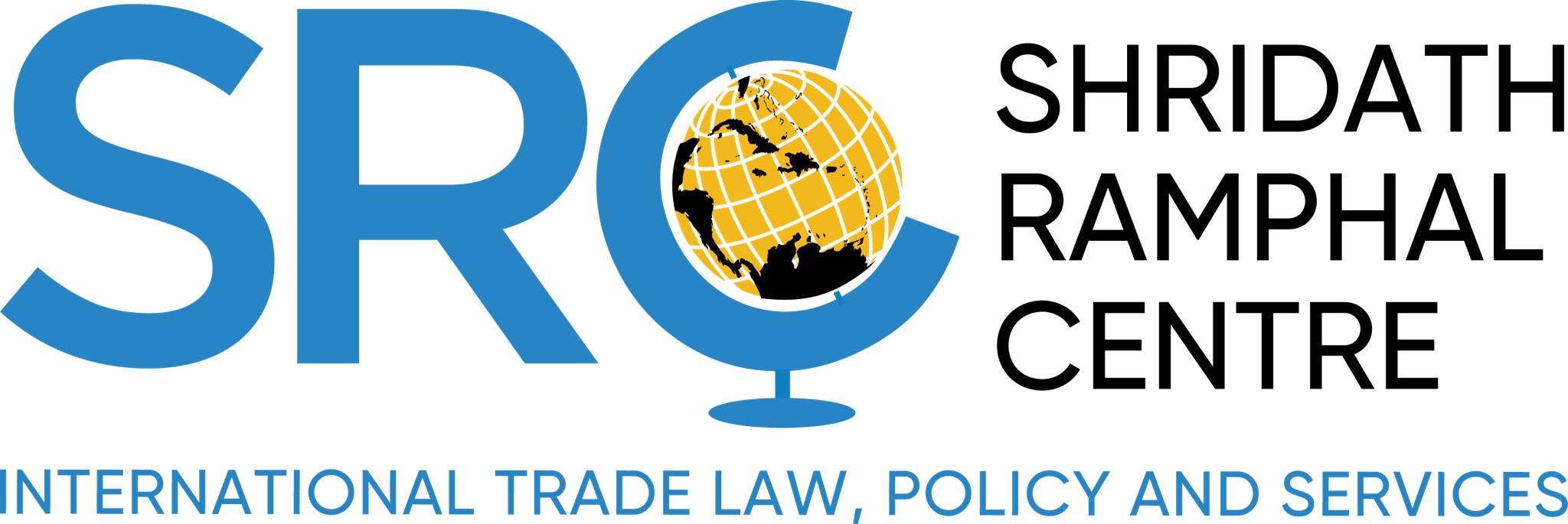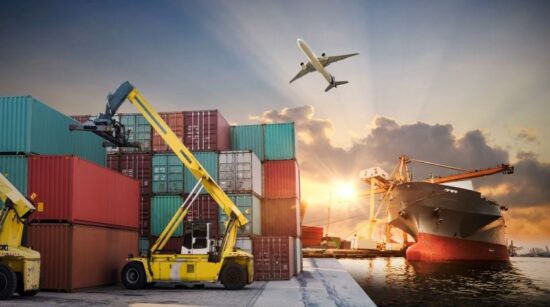By Dr. Kai-Ann Skeete
In a region with 15 full member states, the Caribbean Community (CARICOM) is comprised of numerous borders ranging from 10 land borders and 37 maritime boundaries. Simply put, a border is a ‘real or an artificial line that separates geographic areas.’ According to the National Geographic, borders are ‘political boundaries’ known as the external limits of a state. Scholar Cedric Griffith argues that CARICOM Member States need to acknowledge that boundaries are no longer ‘fundamentally unique, sensitive and bilateral in nature’ especially given the plethora of disputed borders and boundaries within the Community.
CARICOM’s position on all the border disputes regarding its Member States has been basically the same, once the “sovereignty, security and territorial integrity” of the Member State is ensured.The 1982 United Nations (UN) Convention on the Law of the Sea, (UNCLOS) establishes a comprehensive regime of law and order for the uses of the oceans and its resources. The UNCLOS clearly outlines each state’s right to an extension of its territorial sea up to a limit of 12 nautical miles; a zone of archipelagic waters that would be of interest to some Member States; an exclusive economic zone (EEZ) extending beyond the territorial sea to 200 nautical miles from the baselines from which the breadth of the territorial sea is measured as well as the existence of a continental shelf beyond 200 nautical miles and up to 350 nautical miles.
The first issue to be discussed surrounds Venezuela’s claim to a large swathe of the Caribbean Sea which includes the Aves/Bird Island. This claim is as a result of Venezuela’s application of a 200 nautical mile EEZ around Bird Island. Although Bird Island is approximately 110km to the west of Dominica, Venezuela claims it even though it is 550km to the north-east of Venezuela. The Eastern Caribbean territories affected by Venezuela’s claim include Antigua and Barbuda, Dominica, St. Lucia and St. Kitts and Nevis. Together they have made representations against the Venezuelan claim using the UNCLOS Art. 121 which prohibits islets or rocks that are unable to sustain human life from being used as the basis of a claim beyond 12 nautical miles of territorial sea.” However, Venezuela is not party to UNCLOS and argues that Bird Island is necessary to ‘preserve the green turtle’s habitat’ and the EEZ has a rich potential in gas and hydrocarbon deposits according to Joseph.
A second active dispute involves the Navassa Island established within the 1802 Haitian Constitution and situated 18.41°N, 75.01°W which is approximately 30 nm west of Haiti. Navassa is a source of survival for Haitian fishermen. According to the United States Central Intelligence Agency, the Navassa Island is an ‘unorganized, unincorporated territory of the United States of America’ and up to September 1996 housed US Coast Guard operations and maintenance of the Navassa Island Light, a 46-meter-tall lighthouse on the Southern side of the island.
The third issue is the ongoing conversation between the fishing communities of Tobago and Barbados surrounding the catching of flying fish within Tobagonian waters. As the granddaughter of a fishing family, I am intimately aware of the value of the flying fish to the average Barbadian having consumed this key component of our national dish in a plethora of forms ranging from fried, grilled, BBQ, roasted, pickled, boiled, curried, cooked in soup and even in ceviche. Being familiar with the pillars of Food Security, the flying fish represents a key food that is nutritious, affordable, accessible, and widely utilized since in the late 1990s US$10 was the cost of 100 flying fish. Fast forward to present times, the cost of 100 flying fish in the local Barbadian market starts at US$75.
Barbadian fishermen no longer haul in massive flying fish catches. Day boats no longer return to the smaller jetties dotting the coasts to offload hundreds of thousands of flying fish. But you may ask why? What has fundamentally changed in the past? Could it be the years of overfishing? Could it be the absence of a fishing season or a commensurate policy that regulated the fishing? Could it be the decrease in the number of fishing boats? Or could it be the effects of climate change and something environmental? My money is on the latter.
As a young geography student, I have always learnt that flying fish require specific conditions to thrive. Being honest, the waters within Barbados’ EEZ have not fit these criteria within the past 5-6 years because of the presence of the overwhelming Sargassum Seaweed. Due to the migratory nature of the flying fish in need of clean, clear, and calm waters, it is only obvious that the species would relocate themselves to a more suitable habit.
Now don’t get me wrong, I’ve lived long enough to know that one man’s treasure is another man’s garbage. Years ago, in speaking to Jamaican fishermen, they remarked that there are flying fish in Jamaican waters, but it has too much bone, so they discard them or use them for bait for larger catches. In Grenada, they prefer to not catch them at all and in Tobago it’s not the preferred catch since it is not a favourite of the Tobagonian market. So, by default, the preferred choice is to be sold in Barbados where there are several skillsets that must accompany the industry such as scaling, deboning, and filleting the flying fish. The way forward must be informed by sound data collected and shared between both parties as well as a potential market analyses to guide any future fish/fish processing investments.
In conclusion, I must agree with Joseph that these border disputes will continue to be ‘hazardous for the security and maritime integrity’ of the concerned CARICOM Member States since they could decrease their EEZs. It is suggested that CARICOM immediately convene or create a peacekeeping arm with regional soldiers supported by a committee of seasoned diplomats, lawyers, environmentalists, negotiators, trade analysts and fisheries specialists to make the case for the cessation of border disputes within the Caribbean Sea space.
Dr. Kai-Ann Skeete is committed to solving regional problems as the Trade Research Fellow of the Shridath Ramphal Centre for International Trade Law, Policy & Services of The University of the West Indies, Cave Hill. Learn more about the SRC at www.shridathramphalcentre.com.


